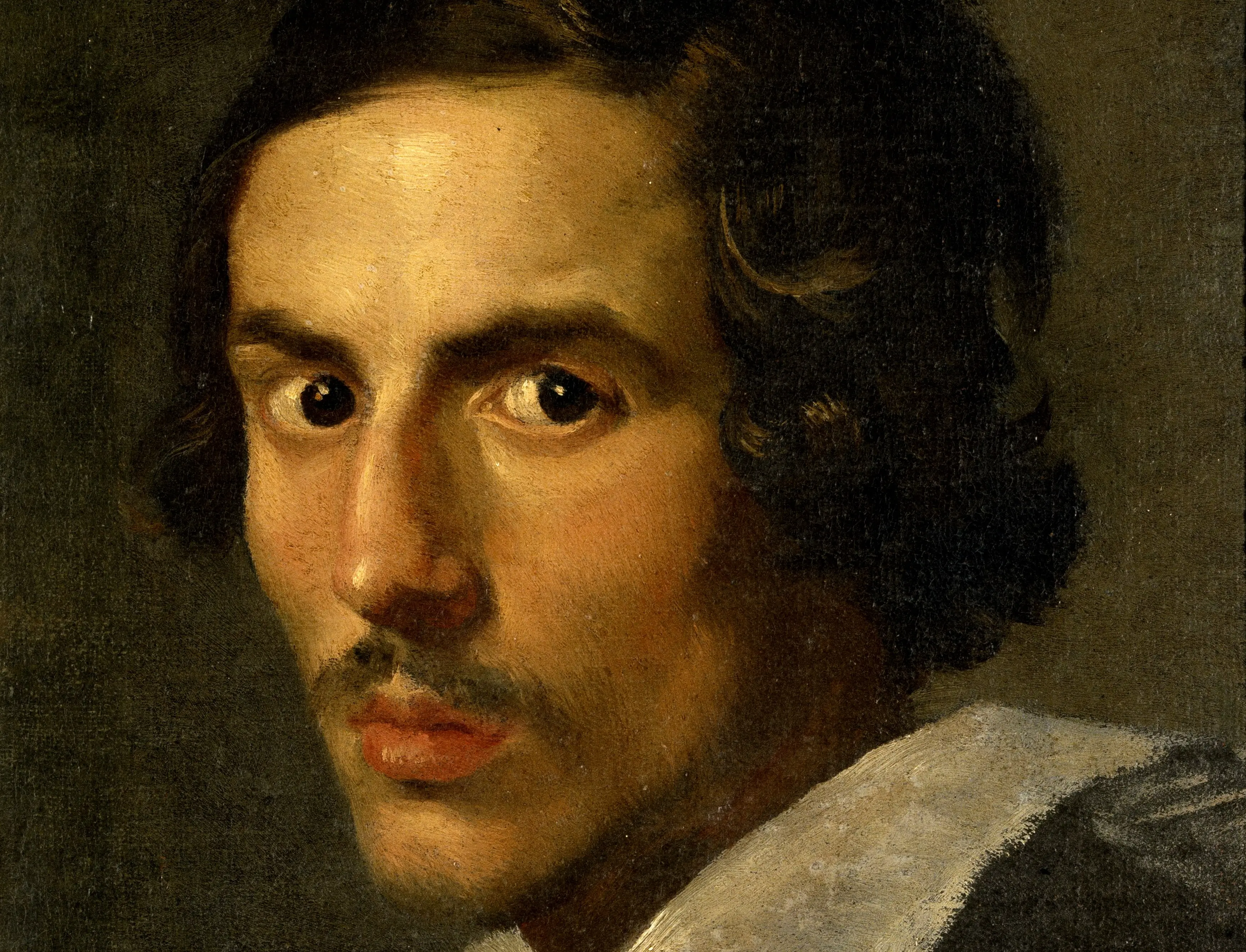Ciao my friends! 💕 Rome is full of unforgettable names — Caesar, Augustus, Michelangelo… and then there’s Bernini. The man who didn’t just shape the look of Baroque Rome, he defined it. Everywhere you turn, from fountains to churches to hidden corners, you’ll find his genius at work. This post is my love letter to Gian Lorenzo Bernini, the sculptor, architect, painter, and theatrical visionary who turned stone into soul. If you’re exploring Rome, especially with fresh eyes (or a gelato in hand 🍦), you’ll start seeing him everywhere.
🎭 A Life of Drama — On and Off the Stage
Born in Naples in 1598 and raised in Rome, Gian Lorenzo Bernini was a true prodigy. By the age of 8, he was already carving figures in marble. His father Pietro, also a sculptor, brought him to Rome, and from there, Bernini’s star rose quickly under the patronage of Popes and princes.
He wasn’t just talented, he was magnetic! He rubbed shoulders with popes, rivaled Borromini, staged plays, painted portraits, and was at the center of scandal and acclaim. His brilliance and temper were legendary (he once chased down a romantic rival and nearly killed him… drama!). But above all, Bernini was Rome’s chosen artist. He transformed the city into a living, breathing expression of Catholic grandeur and human emotion.
🏛️ St. Peter’s Colonnade: Arms of the Church
Step into St. Peter’s Square and you feel something. It’s not just the Basilica drawing you in, it’s the embrace of Bernini’s colonnade. Designed between 1656 and 1667, the two grand colonnades form a gentle elliptical shape that reaches out from the basilica like open arms. Bernini described it as “the maternal arms of Mother Church.”
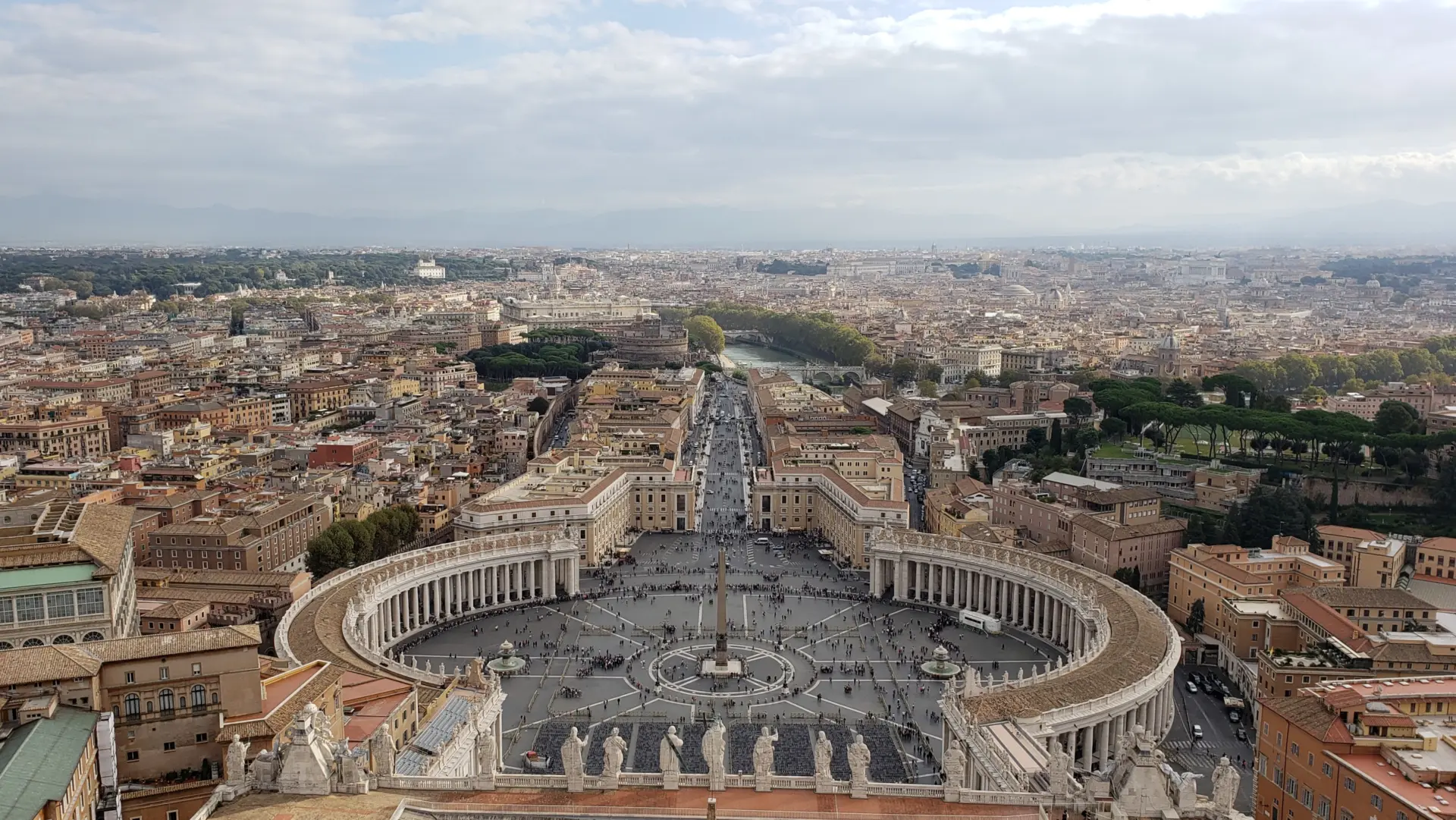
✨ Fun fact: There are 284 columns and 88 pilasters in total, arranged in four rows. Stand on one of the special stone markers in the square, and the rows align perfectly, a stunning optical illusion! This isn’t just architecture, it’s an experience. A masterpiece of faith, form, and function.
🕊️ The Ecstasy of Saint Teresa: Emotion in Stone
Located in the Cornaro Chapel in Santa Maria della Vittoria, this sculpture stops you in your tracks.
You’re not just seeing a saint, you’re feeling her ecstasy. The swooping folds of her robes, the arrow in the angel’s hand, the moment suspended in divine passion, it’s pure theatricality, lit from above by a hidden skylight. Bernini wasn’t afraid of sensuality, spirituality, or spectacle. He made marble move.
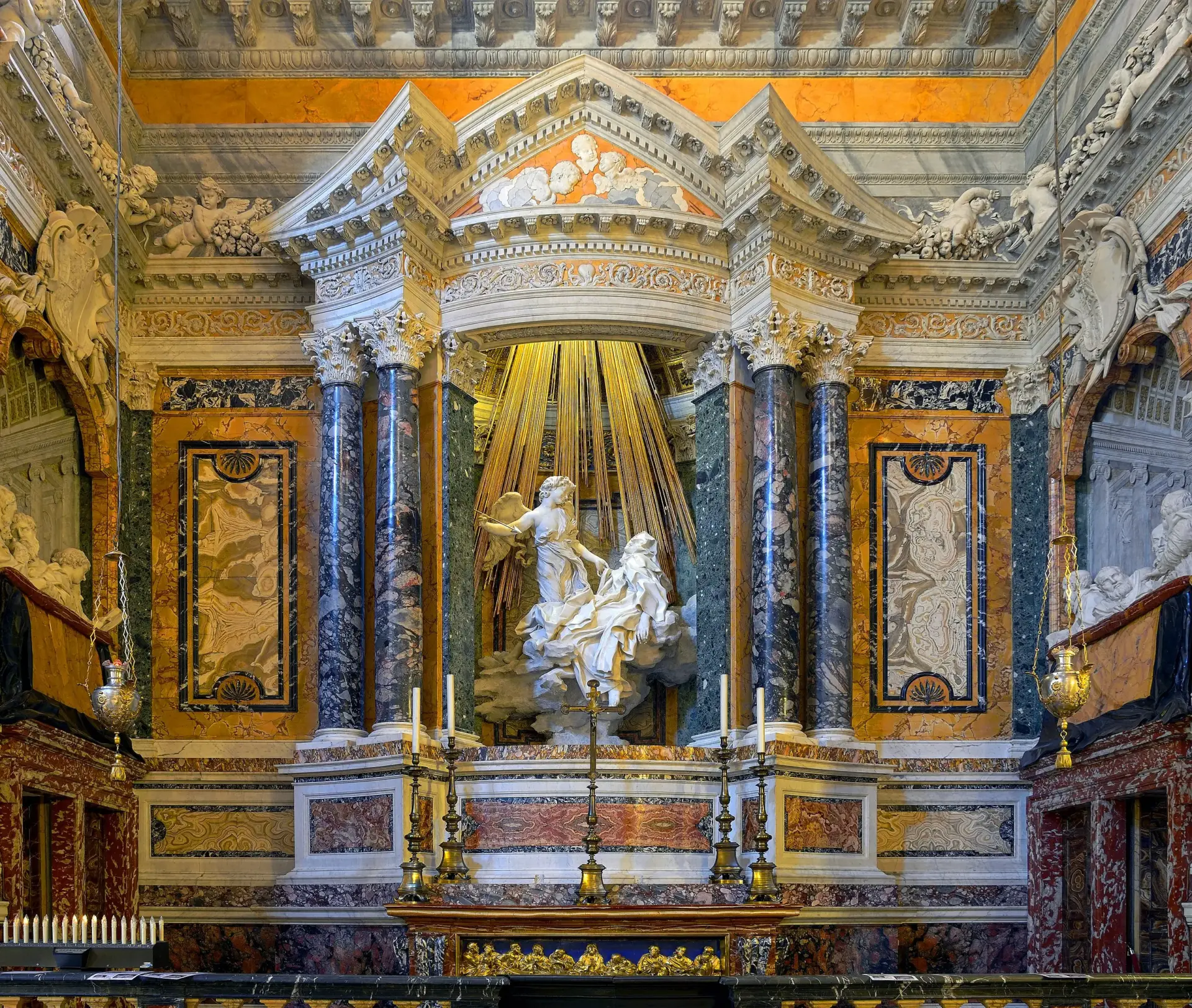
💧Fountain of the Four Rivers: Power and Movement
In the heart of Piazza Navona, this masterpiece captures the drama of four great rivers from four continents — the Nile, Ganges, Danube, and Río de la Plata — each represented by a dynamic river god. The twisting motion, the crashing water, the obelisk shooting skyward — this isn’t a fountain, it’s a performance. It was completed in 1651 and still stops everyone in their tracks today. Every ripple tells a story. Every pose breathes life into myth and geography. It’s one of Bernini’s most ambitious creations, and one of Rome’s most iconic.
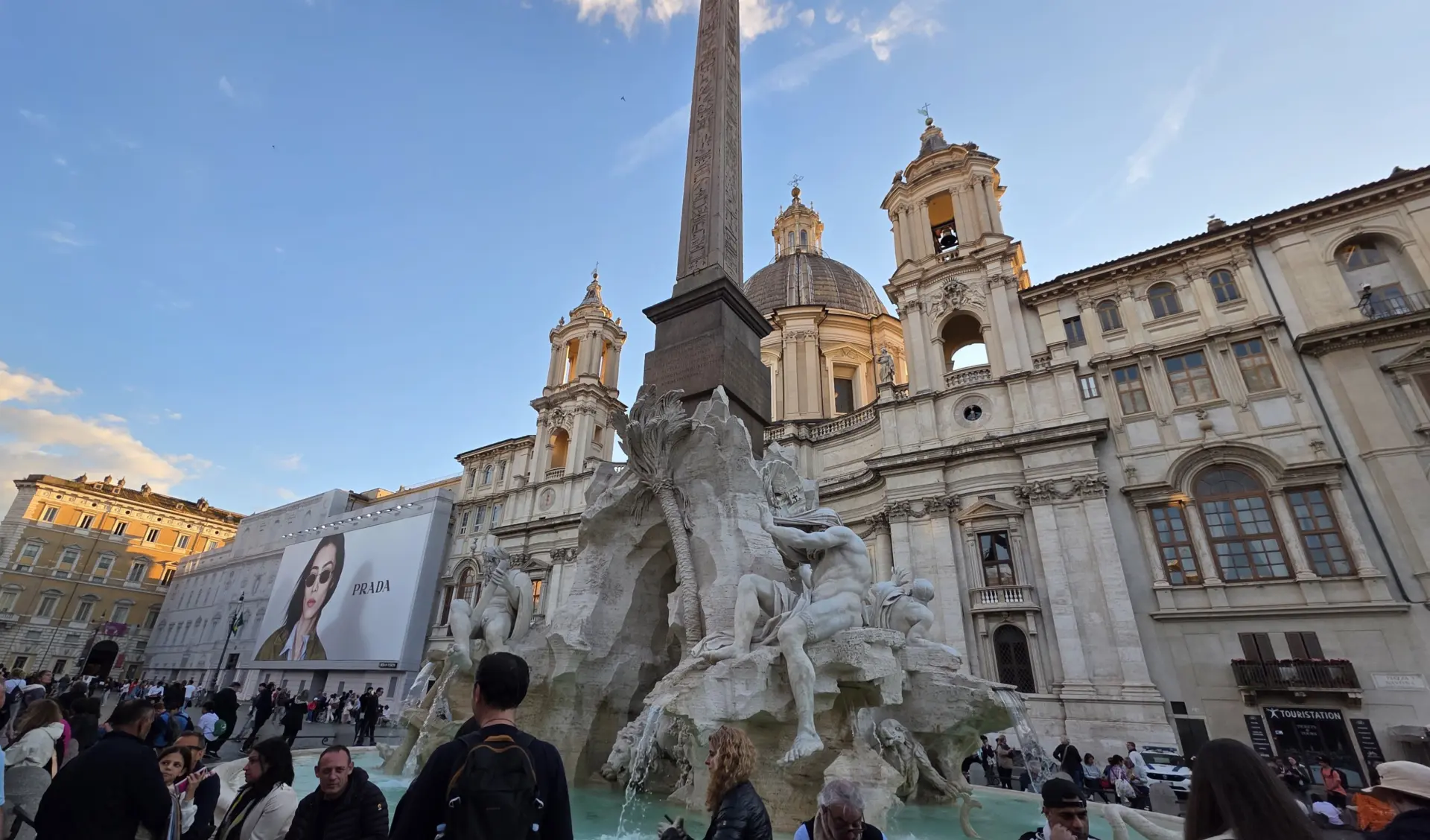
🐘 Elephant and the Obelisk: Whimsy with Wisdom
This delightful sculpture sits in Piazza della Minerva, and it’s one of my favorites 💕. A proud little elephant balances an ancient Egyptian obelisk on its back, a mix of power, playfulness, and deep symbolism. The message? True strength must be guided by wisdom. Designed by Bernini and executed by his student Ercole Ferrata in 1667, this charming monument was nicknamed il pulcino della Minerva (“the little chick of Minerva”) by Romans. It’s charming, clever, and unforgettable, just like Bernini himself!
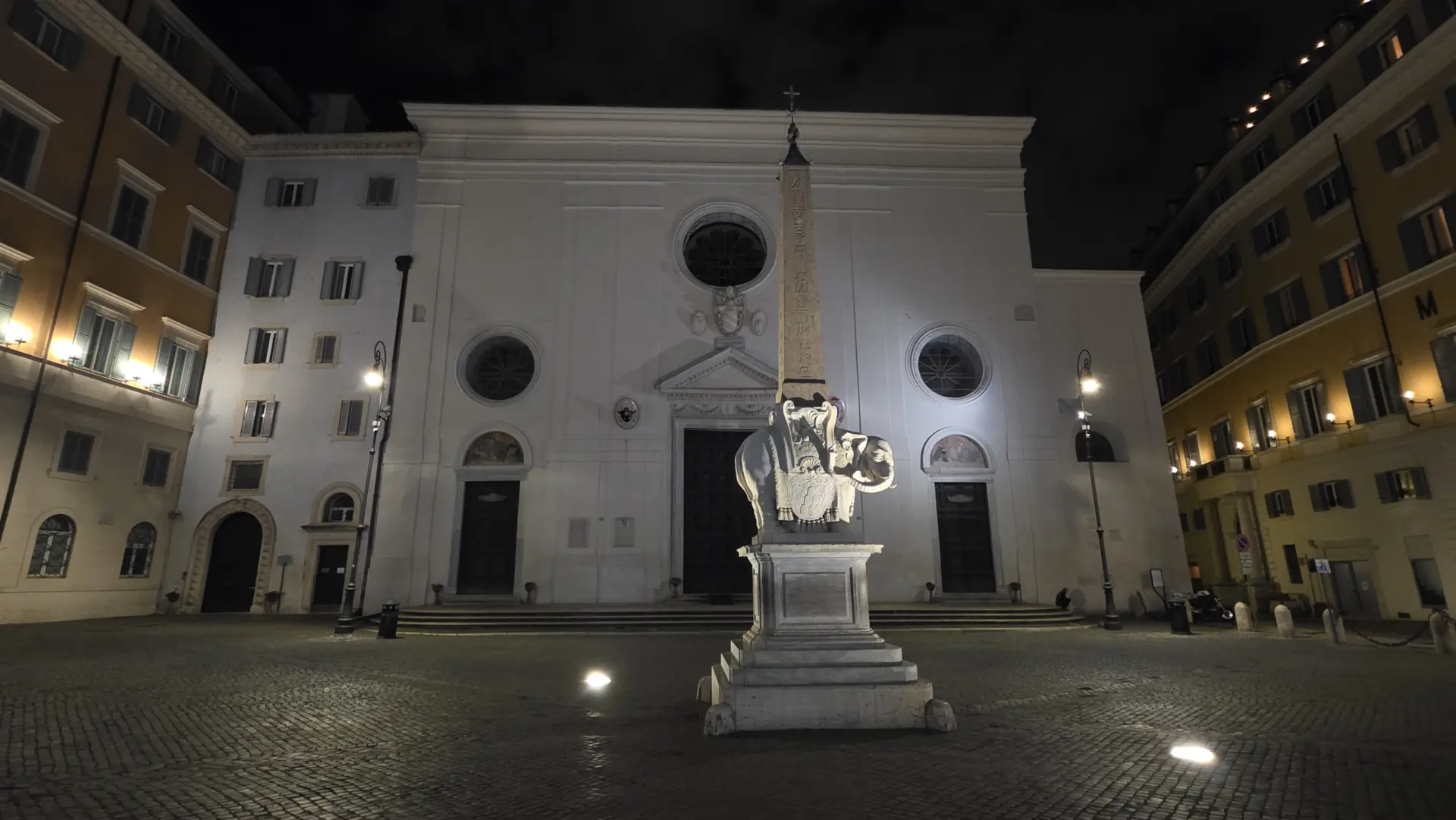
🪞 Truth Unveiled by Time: A Late Reflection
This lesser-known sculpture, housed in the Galleria Borghese, is filled with quiet power. It shows Truth, a radiant nude figure, just moments before Time (never completed) was to unveil her. It’s raw, honest, and deeply philosophical, a far cry from Bernini’s early theatrical works. Created later in life, it shows how he never stopped evolving, questioning, and reaching deeper.
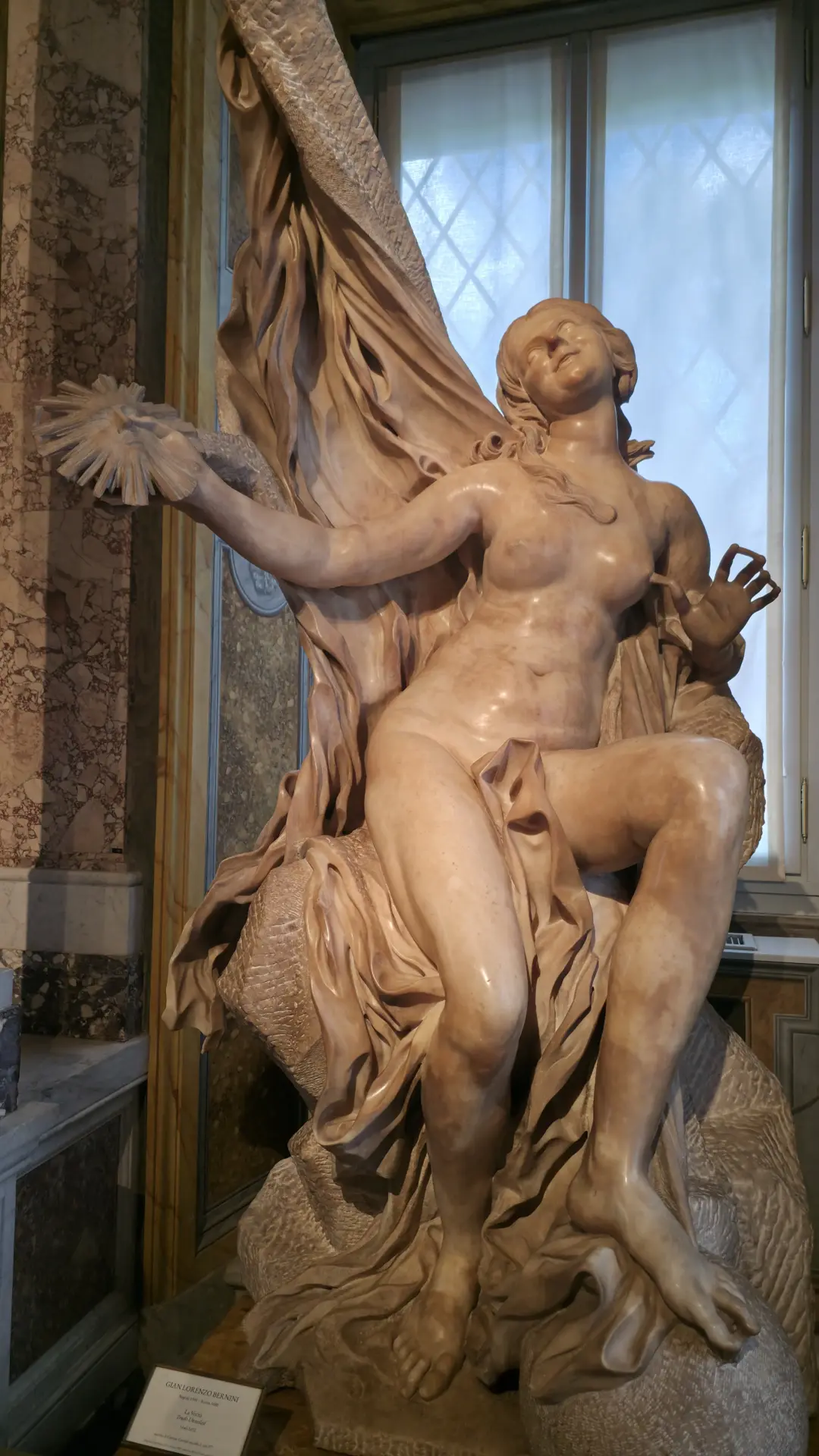
🏛️ Where to See More of Gian Lorenzo Bernini in Rome
📍 St. Peter’s Basilica: His baldachin (canopy) over the papal altar is a Baroque marvel of bronze and movement
📍 Galleria Borghese: Home to Apollo and Daphne, David and The Rape of Proserpina
📍 Sant’Andrea al Quirinale: An entire church designed by Bernini, showcasing his architectural mastery alongside his sculptural genius
Final Thoughts: A Genius Still Alive in the City
What I love most about Bernini is that he didn’t just decorate Rome, he infused it with feeling. His sculptures don’t just stand there. They twist, they tremble, they breathe. His fountains don’t just spout water, they roar with motion and metaphor.
Even centuries later, his spirit is everywhere. In the curves of an angel, the whisper of drapery, the embrace of a colonnade. He didn’t just shape Rome, he is Rome.
So if you’re visiting the Eternal City, follow Bernini’s trail. Let your footsteps trace the genius that turned marble into magic.
xoxo,
Bubbly💕

